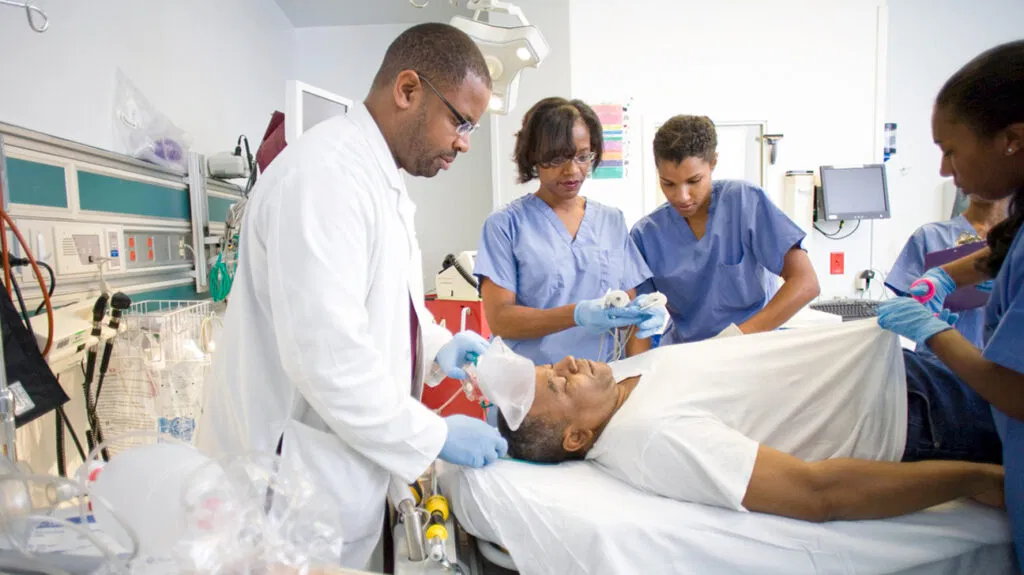
When people hear about trauma center development, they are often confused about the different levels of trauma centers and the services each one provides. Each trauma patient’s situation and needs vary greatly, but each of the five levels of trauma centers can help certain types of patients in various stages of their recovery.
Level I
Level I trauma centers provide the most comprehensive care to trauma patients. They have surgeons available 24/7, as well as an anesthesiologist, to ensure that the unit is ready for severe trauma cases that need immediate assistance. Level I trauma centers can provide complete care for injuries, including rehabilitation. Level I trauma centers are also required to conduct research and publish several publications per year.
Level II
Level II trauma centers are very similar to the level I trauma centers in that they must have a surgeon and anesthesiologist available at all times, but they do not have the same research and publishing requirements that level I centers do.
Level III
Level III trauma centers do not have to have a surgeon or anesthesiologist on-site 24/7, but there must be one available within 30 minutes of being called. Level III trauma centers often provide backup care for a rural hospital, they typically have transfer agreements with level I and II trauma centers.
Level IV
Level IV trauma centers have trauma nurses and physicians in the facility to evaluate patients and determine if they need to be transferred elsewhere for care. Level IV trauma centers are involved in community intervention and outreach programs.
Level V
Level V trauma centers also provide evaluations and stabilization like level IV, though they do not have to be open 24/7. They do have after-hours protocols if they do close at night, and they can transfer patients to other trauma levels.
It can be hard to keep track of what each trauma center level means, but the lower the number, the more comprehensive and immediate the care is.







